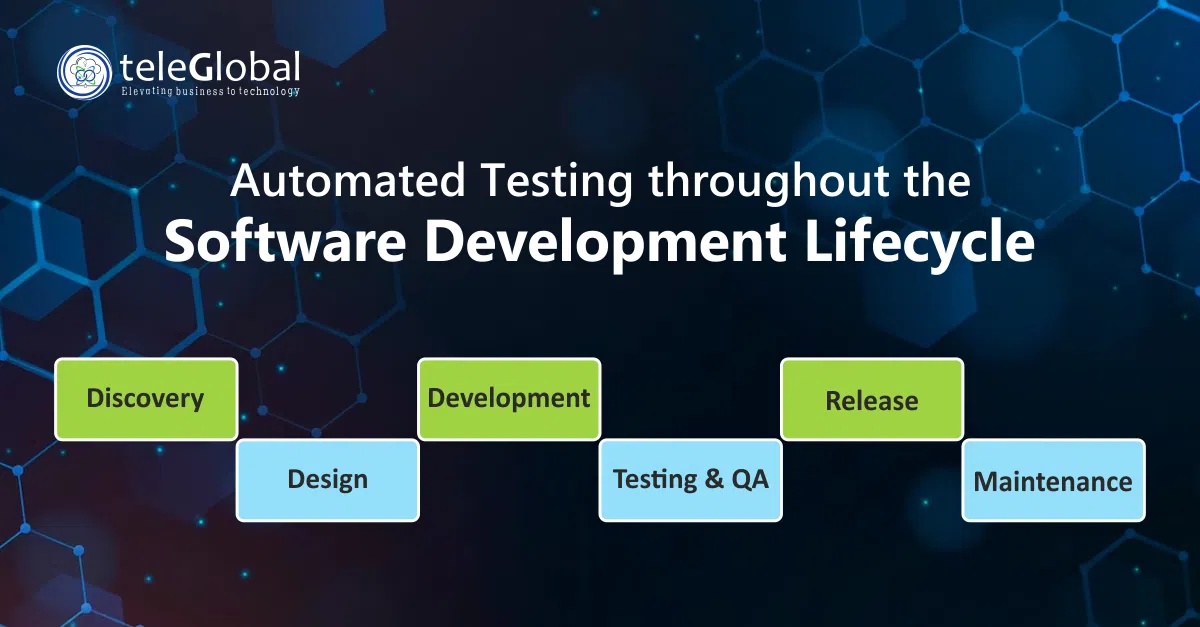
Automated testing throughout the software development lifecycle (SDLC) stands as a cornerstone in achieving high-quality, reliable software products. From the initial stages of development to the final deployment, integrating automated testing methodologies ensures that software undergoes rigorous and consistent evaluation, minimizing the likelihood of defects and enhancing overall product quality.
In the early phases of the SDLC, automated testing is instrumental in validating core functionalities and ensuring that foundational code meets specified requirements. Unit testing, performed at the granular level of individual components or functions, identifies bugs early in the development process, allowing for prompt resolution and preventing the propagation of issues to later stages.
As development progresses, integration testing becomes pivotal. Automated integration tests evaluate the interaction between different components or modules, ensuring seamless collaboration and identifying any inconsistencies in data flow or functionality. This early detection of integration issues prevents the accumulation of complex bugs that may arise when combining individual components.
The continuous integration/continuous deployment (CI/CD) pipeline benefits significantly from automated testing. By automating the testing process within CI/CD, developers can rapidly and reliably deploy code changes. Automated tests within this pipeline validate code integrity, ensuring that modifications do not introduce unforeseen issues and allowing for a streamlined and efficient release process.
Automated testing also plays a vital role in regression testing during the SDLC. As code evolves and new features are added, previously functioning components can inadvertently be affected. Automated regression tests swiftly assess the entire codebase, identifying potential regressions and ensuring that existing functionalities remain intact after each code change.
Throughout the SDLC, automated testing contributes to achieving a balance between speed and reliability. By automating repetitive and time-consuming testing processes, developers can focus on more strategic aspects of software development, while the automated tests continuously validate the stability and correctness of the codebase. This not only accelerates the development cycle but also fortifies the software against potential issues, delivering a more robust and resilient final product.
In conclusion, the integration of automated testing throughout the software development lifecycle is an indispensable practice for modern development teams. From early unit testing to continuous integration and regression testing, automation enhances the efficiency, reliability, and overall quality of the software. As organizations embrace agile and DevOps methodologies, automated testing emerges as a key enabler, promoting faster releases, minimizing defects, and ultimately contributing to the delivery of superior software products.








































